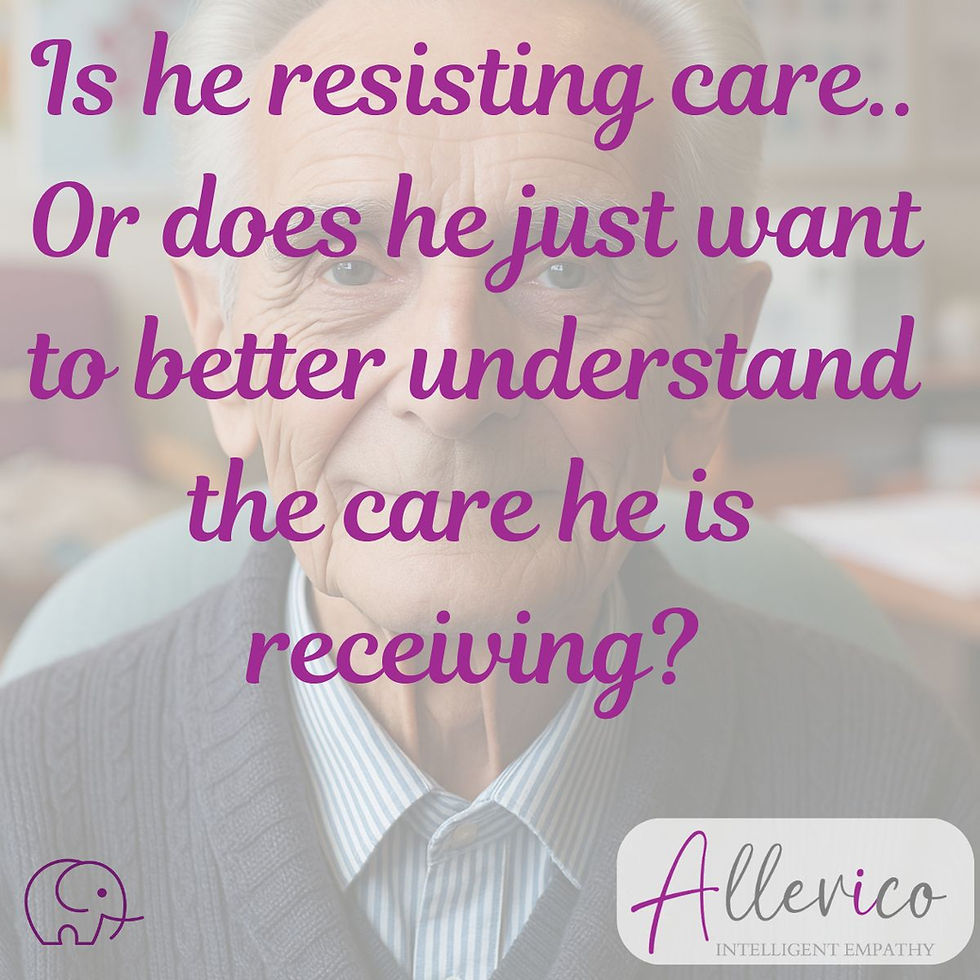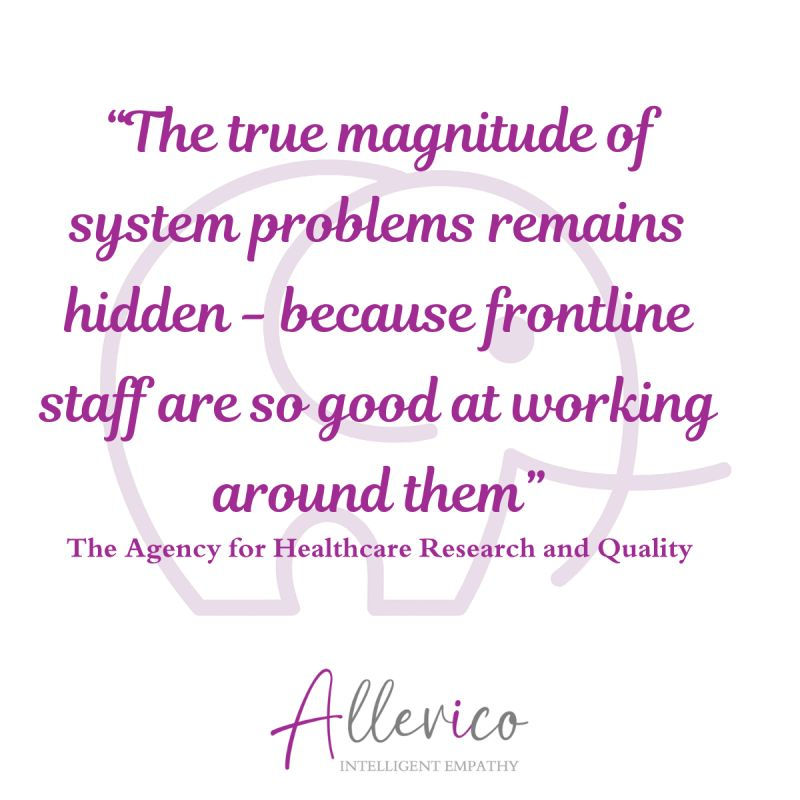She had been in the ED corridor for hours
- Paul

- Aug 14
- 2 min read

Restless. Tearful.
Repeating the same words over and over:“I want to go back to my room now.”“Please let me off this bed.”
Nurses tried gentle reassurance. Paramedics tried distraction, conversation, repositioning.
At times many voices were all standing over her, telling her different things at the same time.
Even as an onlooker it was confusing.
“This is your bed.”
“Your room is not ready yet.”
“You have to stay with us, you are in the hospital.”
“We will take you to your room soon.”
Nothing seemed to work. Hour after hour, her distress grew.
Eventually, she was sedated. It wasn’t anyone’s fault. Everyone did their best with what they had.
But as I sat nearby, I quietly wondered... what if they’d had some photos? Her dog. Her garden. Her favourite holiday spots. Her grandchildren?
Something to remind her where she belonged, and who she still is.
Not a fix. Just to soften the edges of a place that didn’t feel like hers.
What if knowing her story wouldn’t just help us to understand her identity, but might also help her to find it again?
This is not a story I was told, or a scene we created for effect. It is a real moment I witnessed only a few months ago. One of many I encounter when caring for people with dementia in the ambulance.Paul Murphy, Allevico co-founder
Why this matters
Moments like these remind us that we need to do more. Otherwise, as Daniela Russo pointed out recently, person-centred care risks being just another “corporate slogan.”
The Australian Institute of Health and Welfare reports that people living with dementia in aged care have significantly higher rates of emergency department presentations, and behavioural symptoms are no doubt a key contributing factor.
They also note that the use of sedative medications remains prevalent, raising concerns about restrictive practices and the need for more personalised, non-pharmacological approaches. This was also a key finding of the Royal Commission into Aged Care Quality and Safety.
What if behaviour support isn’t always about complex plans, but simple context?
A favourite photo.A familiar object.A voice message from home.
Not to fix everything, but maybe to soften something. To restore a sense of place when everything feels unfamiliar. Could that be enough to reduce the need for sedation in some of this growing cohort?
Founder Reflections
“We measure length of stay. But what about loss of self? Could better outcomes start by recognising what people bring with them, not just what brought them in?” Paul Murphy
“What if calming a patient took less effort, not because the need changed, but because we understood it earlier? Maybe the right insight at the right time isn’t just good for patient care, it’s good operationally too.” Paul Kirschner
“Technology alone won’t deliver better care. But technology that listens, adapts, and respects the person behind the behaviour? That might just be the shift we need.” Paul Murray





Comments